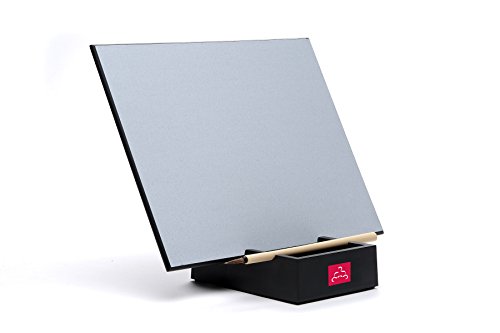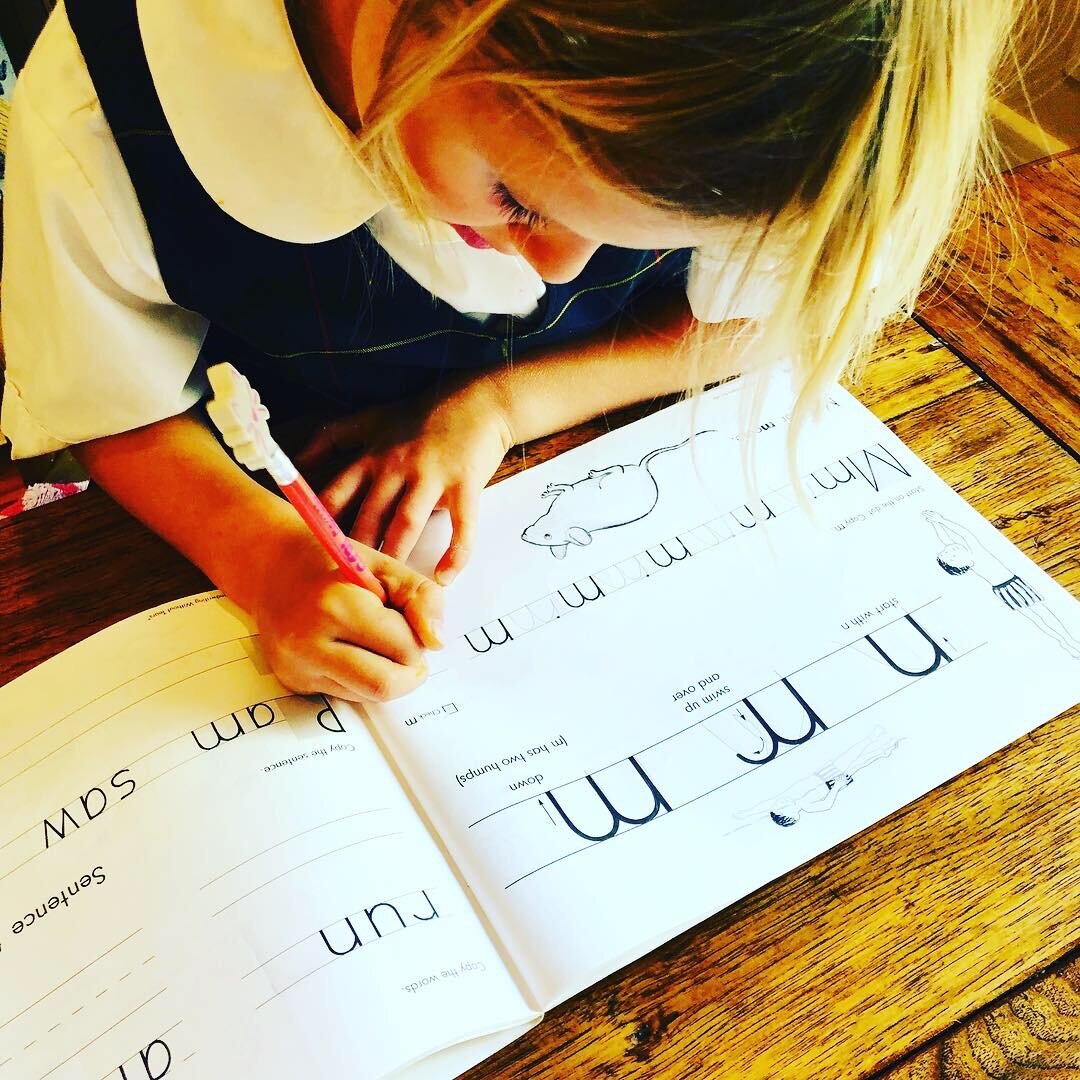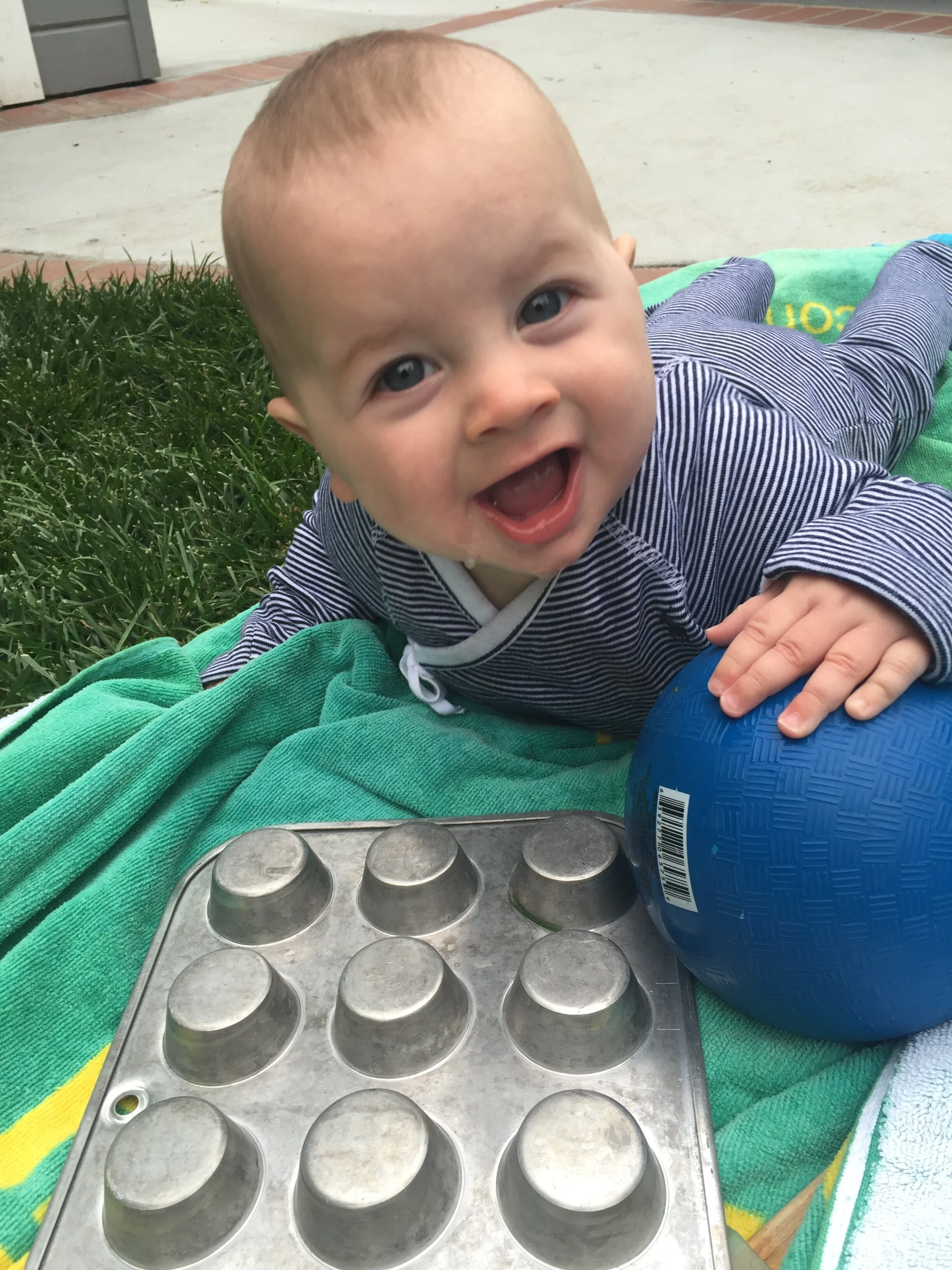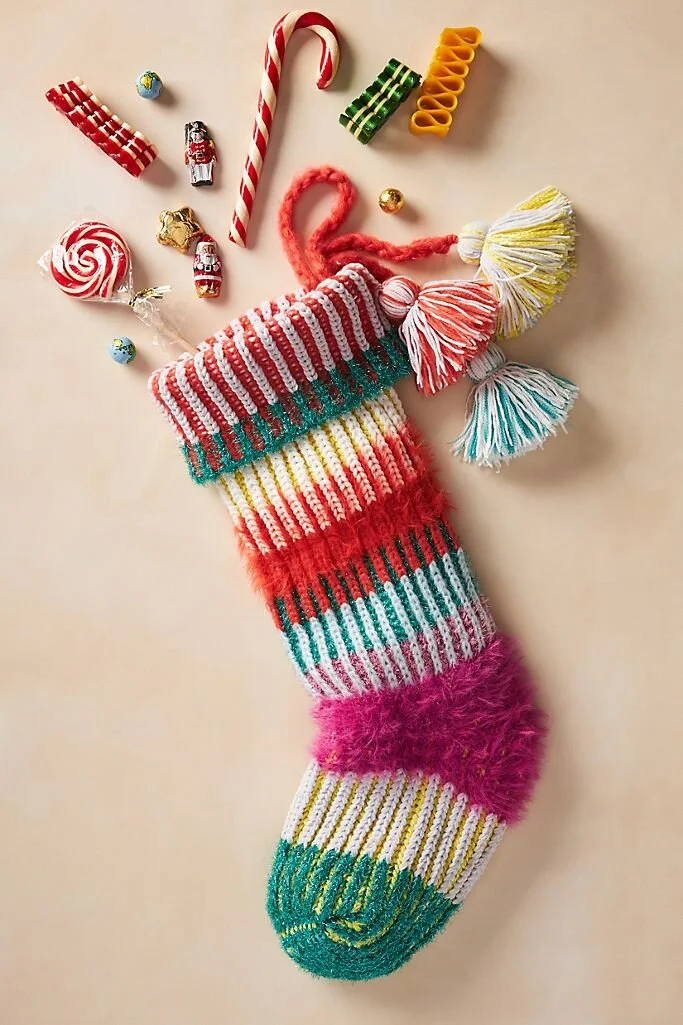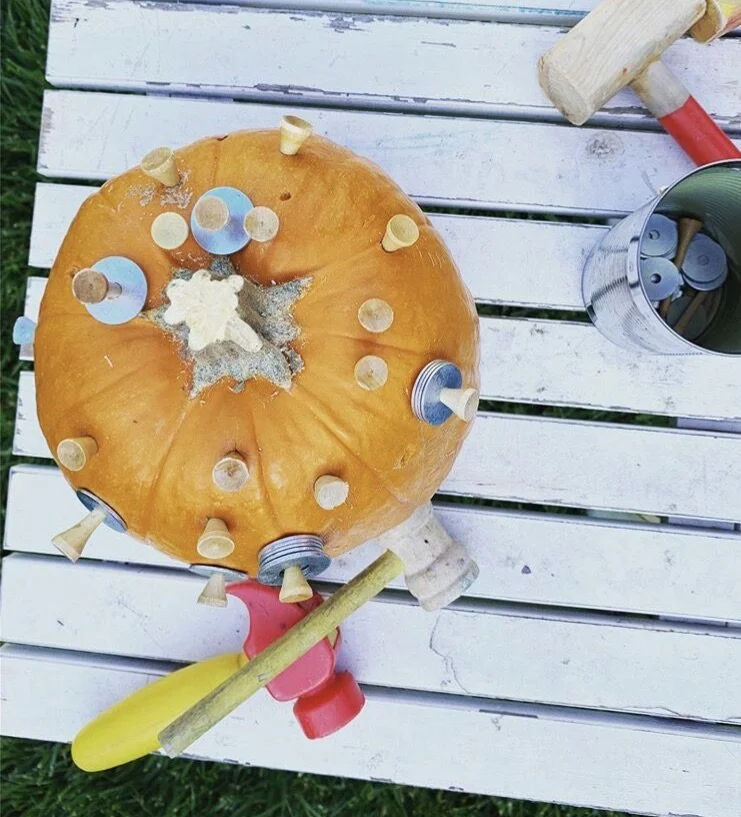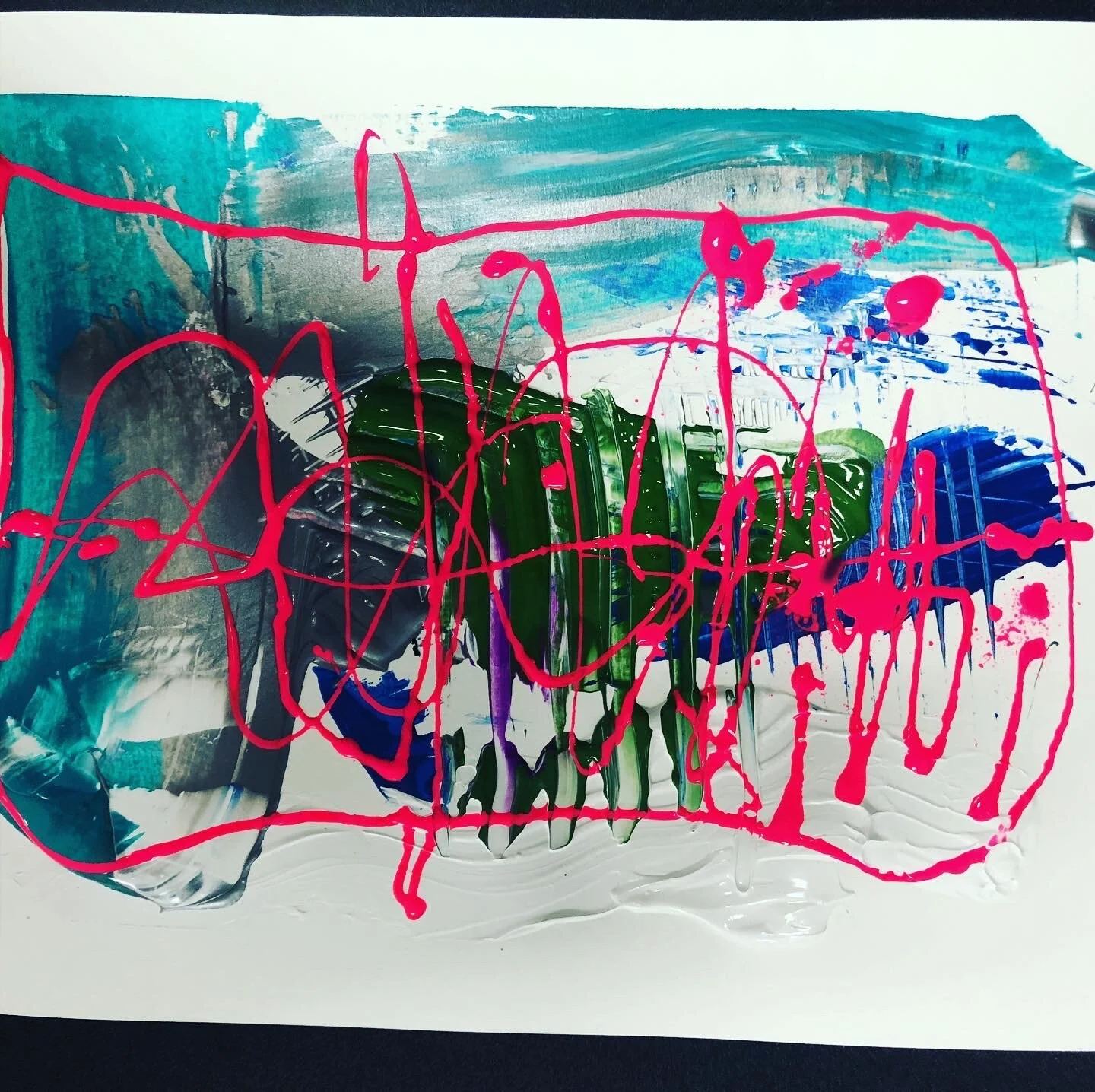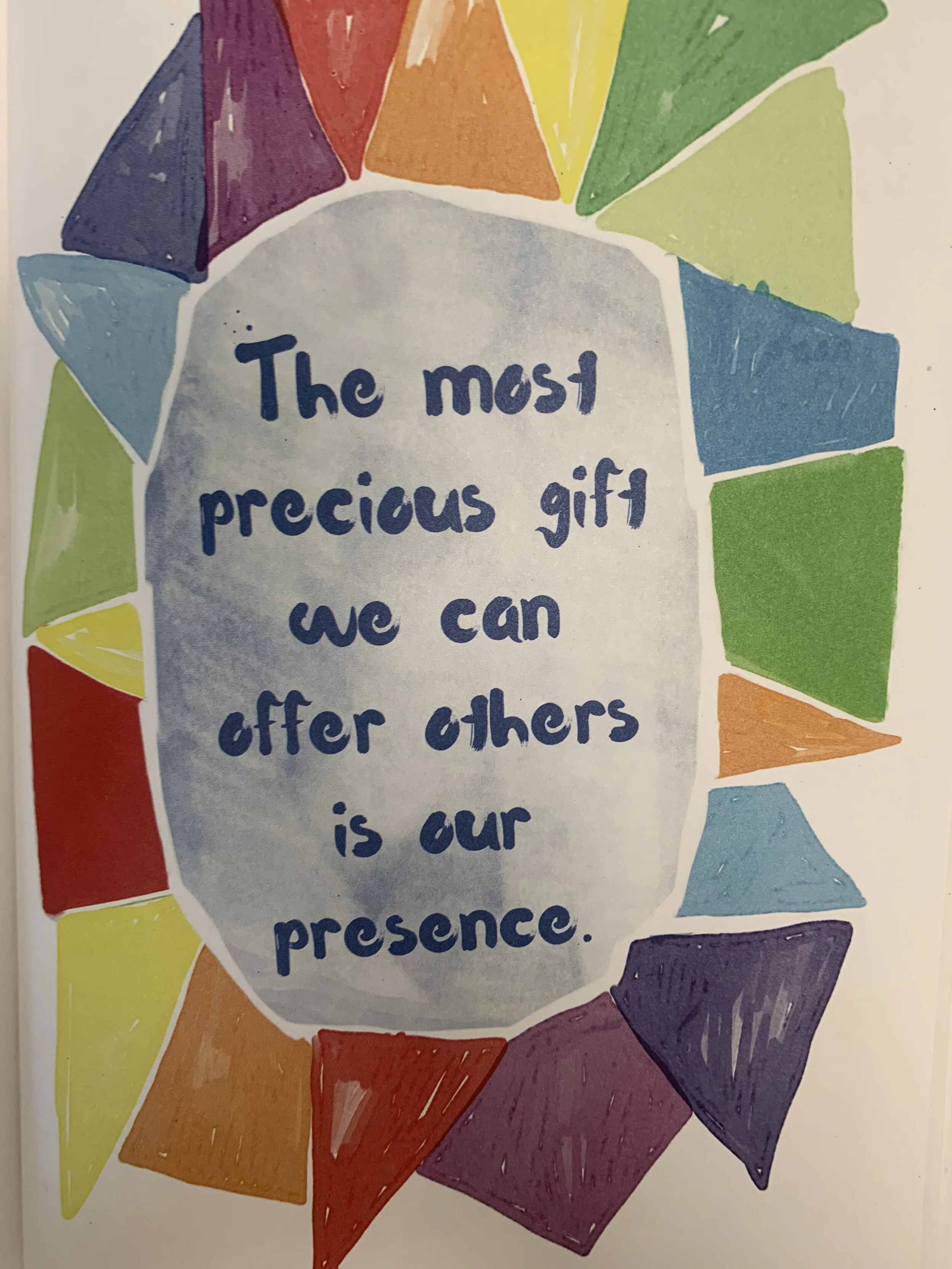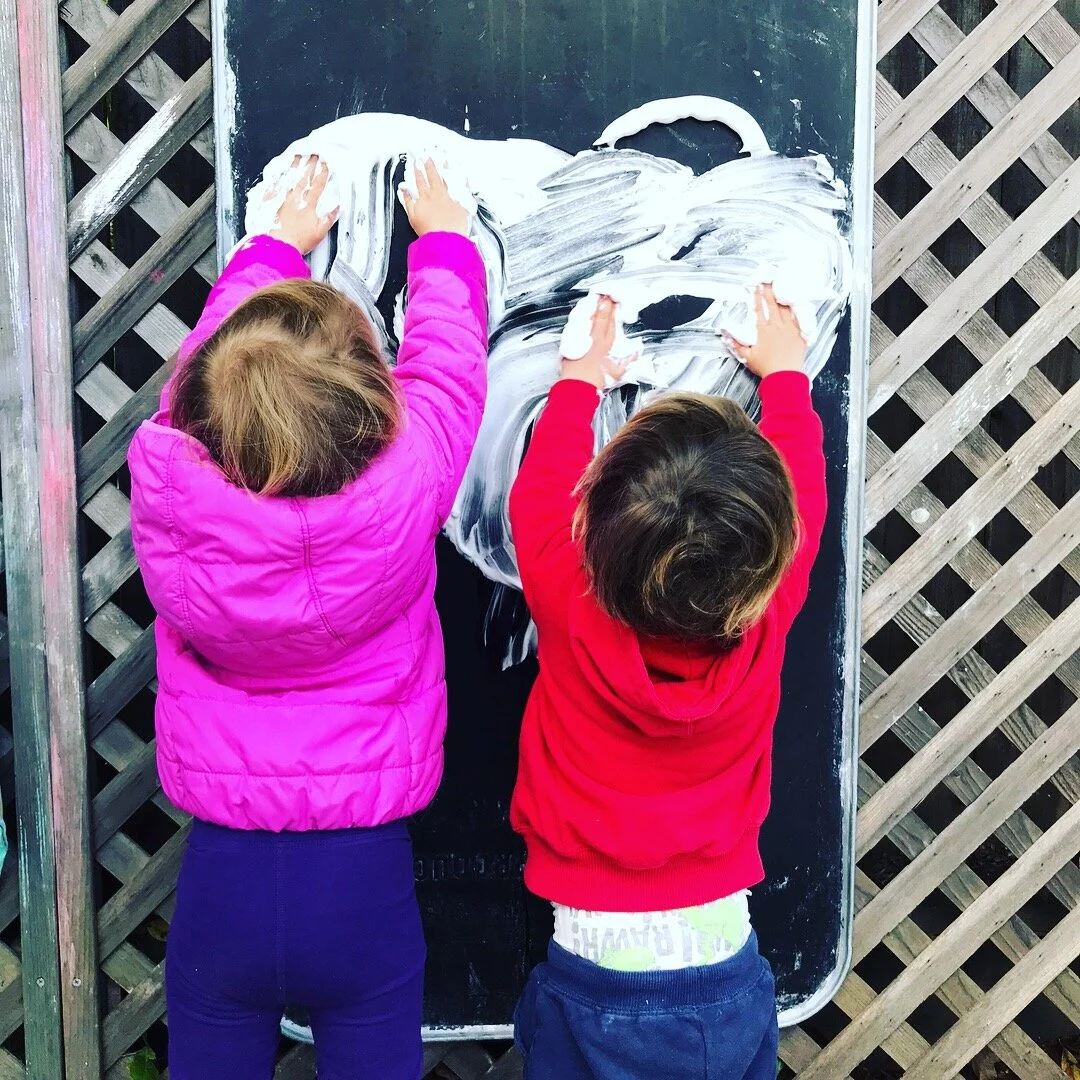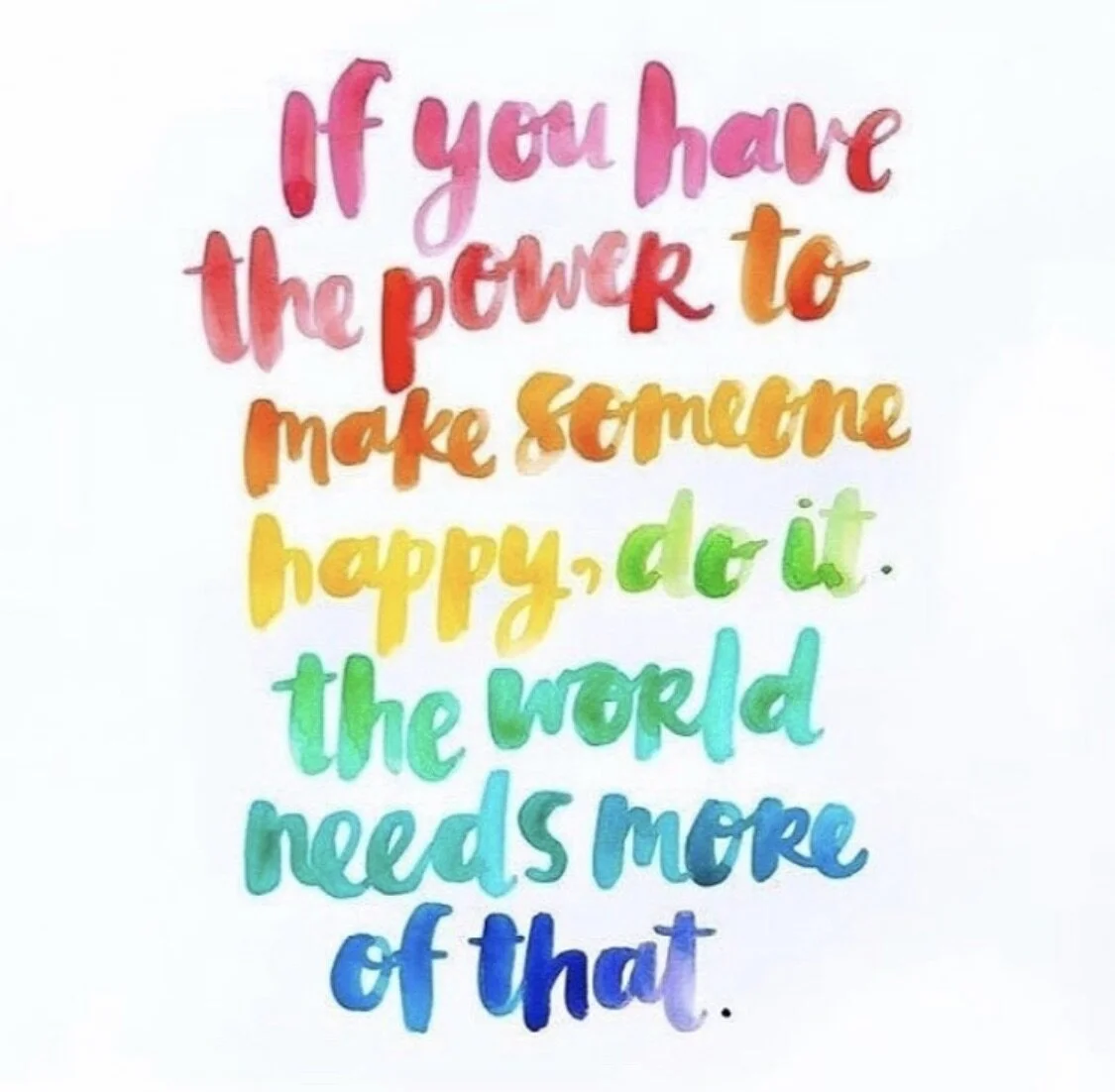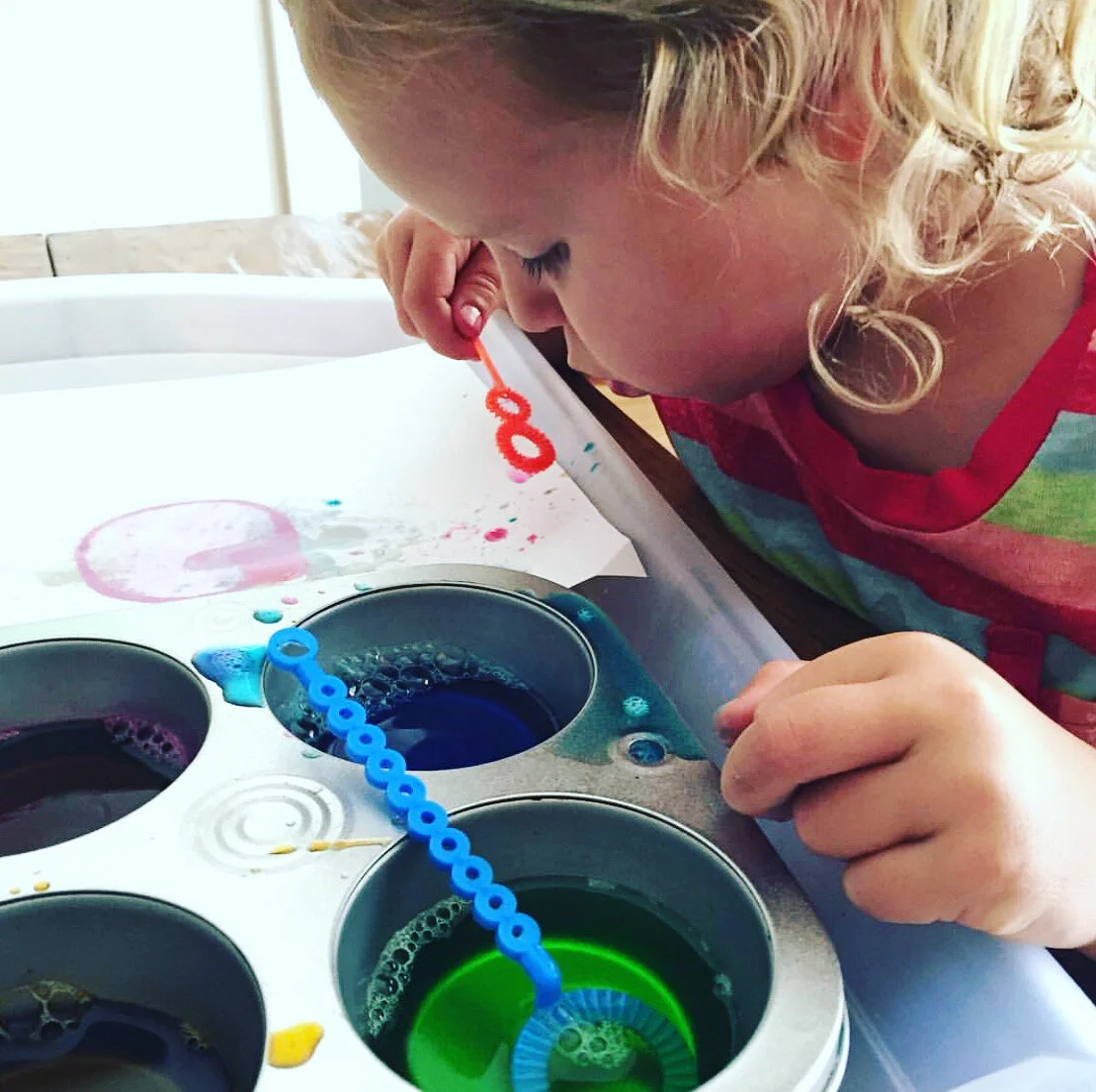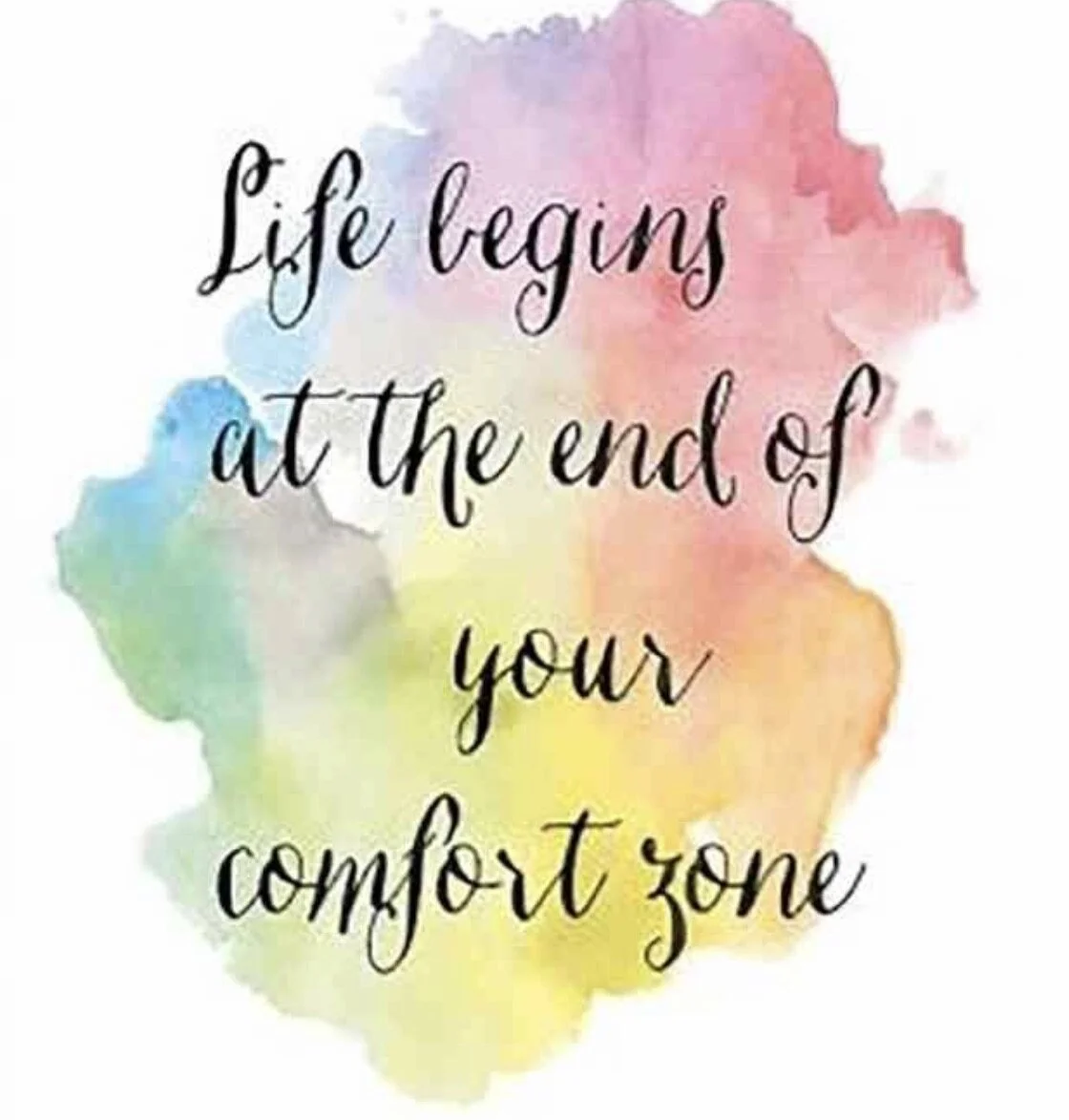Think about how you regulate yourself…. you might be asking what does this mean? Well, we all have sensory needs and find ways to self-regulate. As adults we are able to articulate when we are sleepy, have had too much caffeine, feel a bit under the weather, feel anxious, nervous, stressed, overwhelmed… We can take the necessary steps to find some equilibrium whether it is another cup of coffee, chewing gum, going to a yoga class, getting a massage, taking some time for ourself, listening to a favorite soundtrack, diffusing some essential oils, having a cup of chamomile tea, positive self-talk… the list goes on and on. You might have a daily routine that helps you self-regulate, you might be a gum chewer, need to work at a standing desk, pace while you are on the phone discussing business. Children have the same needs but do not have the tools or words to articulate their needs. So as their parent, caregiver, therapist, teacher, or coach we can help children learn how to self-regulate and help them construct their environment so that it can meet their sensory needs.
When we do not give kids these tools, language, or sensory strategies it can manifest itself as maladaptive behaviors such as acting hyper, shutting down, crying, being grumpy, difficulty falling asleep or staying asleep, switching between activities, and aggression towards peers or adults, just to name a few.
To begin to understand a child’s sensory needs, it is important to first recognize it in ourself so that we can build a frame of reference and begin to evaluate how this manifests in the children around us. To apply this to your child, think about some of the things that calm them. Even as infants, children have shown a response to what we have tried to do to calm them. Sucking is a very typical example of strategy for infants. This does not mean that it goes away as children wean from nursing or drinking from a bottle. Drinking smoothies through a straw, chewing crunchy foods, sucking on a sugar-free lollipop (if you can keep them from biting) can illicit the same vagal nerve that calms the body. You can even stimulate the vagus nerve with deep diaphragmatic breathing such as taking deep “belly breaths.” This helps quell that “butterflies in the tummy” feeling. There are many resources for deep breathing exercises for kids if you do a quick google search. As an OT, I love the “Lazy 8 breathing” because it also integrates both sides of the brain. Here’s a visual with a link to a fantastic website for calming activities for children:
This beloved book is mine from my childhood and I love the story and illustration of taking a deep breath to calm those butterflies in the tummy.
Now think about when your child gets upset or hyper. You can use those strategies you have identified that serve to calm them as you see them escalate. I often recommend that parents do this without talking. One of our favorite books that illustrates this is, The Rabbit Listened.
Check out my dear friend’s website and Instagram, Mary Costello- former third grade teacher turned mother of two- on @childrenslitlove to read more about The Rabbit Listened and other fantastic book recommendations!
In our house, we have a basket of simple calming activities. I often recommend that teachers have a calming basket or area in their classroom so children can check in with themself and attempt to self-regulate with a break. As adults we often take our own breaks by going to the bathroom during a dull meeting or walking down the hall to the water cooler. It is important that children have the same options for breaks.
I try not to direct my children to this basket when they are upset because it can often be met with resistance if it is my agenda. It is always available, in a central location in our eating area but sometimes I will quietly and gently move it near them when they are upset. If my 5 1/2 year old storms up to her room I might quietly place the basket in her room or wait a few minutes and sit next to her and gently tickle her arms- something she has loved since a baby. This could set some children off, so it really is about what works for your child. My 3 1/2 year old son loves to cuddle with his blanket and a book in his rocking chair. Sometimes I will carry him upstairs to his chair and give him his blankie and tell him that I will come right back to check on him. 90% of the time, he is calm and quietly reading when I return 3 minutes later.
Here are a few of the things in this basket:
Visual strategies to help prompt calming and emotion identification without needing much verbal prompting, deep breathing visuals, Piggy Popper, a squishy ball, theraputty with alphabet beads to help with proprioceptive input and give a focused activity that can shift what the brain is focusing on. A calming mindfulness jar that we made together with hot water, glitter glue and food coloring. Etch a Sketch sometimes make an appearance to also give a quiet, calming and meditative activity.
Professionally, I like to use the Zones of Regulation with verbal children age 5 and up. With younger kiddos, I like to use the Alert Program and tailor it to their needs and interests with an engaging social story. If you have more questions about these programs, please reach out! And check back for a post about social stories!
Here is a link to the theraputty:
And here is the piggy popper that could also be a unicorn or a number of fun things and definitely can turn a mood around!
We love using the Buddha Board as a calming activity. Some days it is used more often than others- the magical thing about it is that it is never by my prompting. It sits out on the kids’ table and they will quietly go over to it, sometimes just for a minute and calmly paint some water on. There are times I will try to talk about ways we can self-regulate with it- deep inhale breaths with strokes up, exhales with downward strokes.
We also read a lot of books that can give some self-regulation strategies. We love this I am Yoga book as well as one about getting angry, When Sophie gets Angry- Really, Really Angry…. Reading about emotions can help children put some language with their feelings and realize that it is okay, and a normal part of understanding what we feel inside.
And this is my favorite book to help myself and parents with whom I work, understand emotions and what is going on in the brain so we can approach discipline from a place of empathy and understanding.
Have you tried essential oils? When my daughter was 2 1/2 we hit an incredibly hard rough phase with sleep. I was desperate to find anything to help and we added a diffuser to her room (and mine) for some lavender and ylang ylang essential oils to help with a calm and soothing environment. We also tried the Integrated Listening Systems DreamPad pillow. Being certified in iLS listening therapy, I was intrigued to help the neural networks in the brain regulate sleep a bit with this technology. I was not systematic about it because I was desperate, so we tried it all! I do not like to give too many “crutches” with all these bells and whistles so we did phase it out but will still use the essential oils or pillow every so often or at her request as she has learned what helps her self-regulate. There are so many tools out there but the key is tapping into the sensory system and helping your child understand what works for them. That way, as they mature, they are able to advocate for themselves about what they need to find a state of equilibrium.
This just scratches the surface of self-regulation and the sensory system but I hope that you find some of these strategies helpful! Please reach out if you have questions. If you continue to find that some strategies do not seem to help your child, consider an occupational therapy evaluation or consultation to understand your child’s sensory system with the help of a trained professional.













